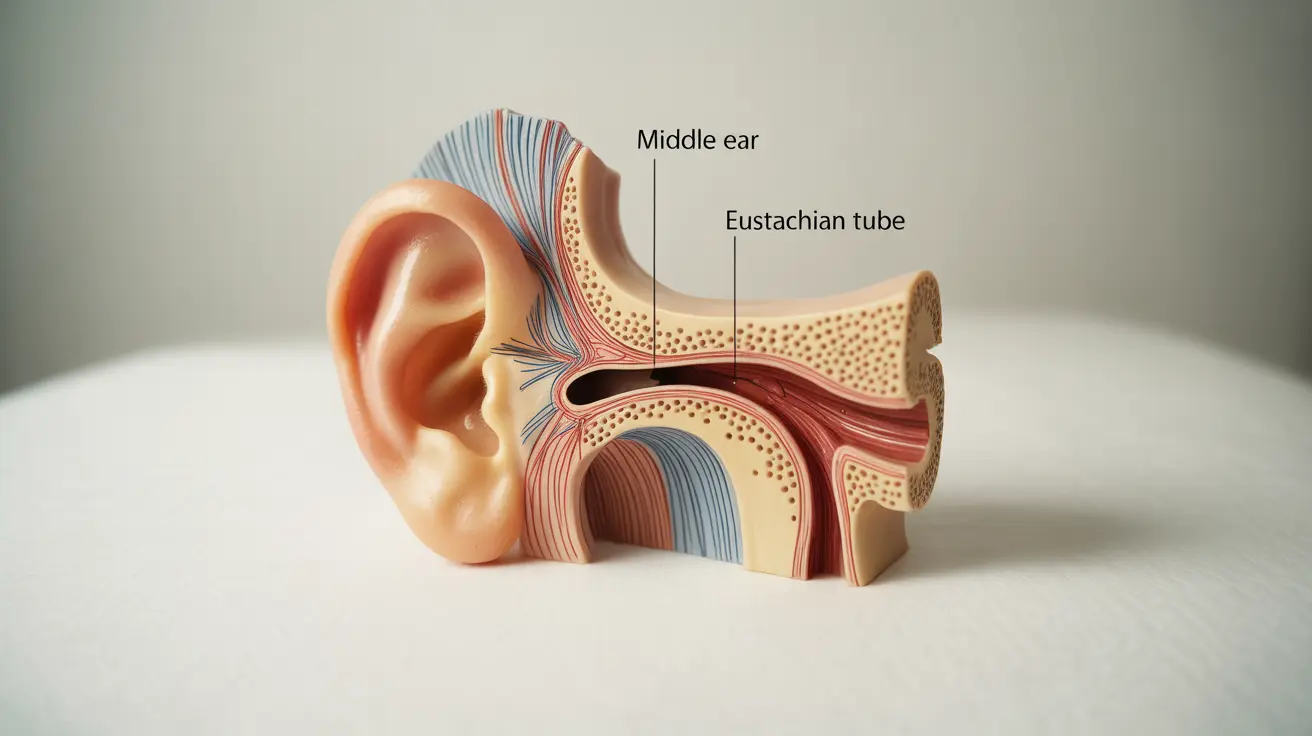Have you ever experienced the surprising discovery of blue-colored stool? While it might seem alarming at first, blue poop often has straightforward explanations and can even provide valuable insights into your digestive health. Understanding the causes and implications of blue stool can help you determine whether it's a harmless occurrence or requires medical attention.
In this comprehensive guide, we'll explore the various factors that can lead to blue-colored stool, from dietary choices to medications, and discuss when this change in color might signal a need for medical evaluation.
Common Causes of Blue Stool
The appearance of blue poop typically stems from consuming foods, beverages, or substances containing blue dyes or pigments. Here are the most common culprits:
Food and Beverage Sources
- Blue food coloring in candies, frosting, and beverages
- Blue sports drinks
- Blue ice pops or frozen treats
- Artificially colored cereals
- Blue-colored desserts or pastries
Natural Blue Foods
- Blue spirulina
- Blueberries (in large quantities)
- Blue corn products
Medications and Supplements
Certain medications and supplements can contribute to blue-colored stool, particularly those containing blue dyes or specific active ingredients. Common examples include:
- Ingestible medical dyes
- Some antidiarrheal medications
- Certain supplements with blue coating
- Select prescription medications
Understanding Blue-Green Stool
Blue-green stool can sometimes be confused with purely blue stool, but they may have different underlying causes. Blue-green coloration might result from:
- Rapid digestive transit
- Bile pigment variations
- Certain dietary supplements
- Consumption of blue-green algae products
The Blue Poop Challenge and Gut Transit Time
The blue poop challenge has emerged as an interesting way to measure gut transit time – the duration it takes for food to travel through your digestive system. This simple test involves consuming blue-colored food and noting when the color appears in your stool, providing valuable information about your digestive health.
Benefits of Understanding Transit Time
- Indicates digestive system efficiency
- Helps identify potential digestive issues
- Provides insights for dietary adjustments
- Assists in monitoring gut health
When to Seek Medical Attention
While blue stool is usually harmless and temporary, certain situations warrant medical consultation:
- Unexplained blue coloration without dietary or medication causes
- Persistent blue stool lasting more than 48 hours
- Accompanying symptoms like abdominal pain or fever
- Signs of dehydration or significant changes in bowel habits
Frequently Asked Questions
What are the most common foods and drinks that can cause blue poop?
The most common sources include blue food coloring in candies, frosting, sports drinks, ice pops, and artificially colored cereals. Natural sources like blue spirulina and large quantities of blueberries can also contribute to blue-colored stool.
Can medications make my stool turn blue, and if so, which ones?
Yes, certain medications can cause blue stool, particularly those containing blue dyes or specific medical dyes. Some antidiarrheal medications and supplements with blue coating may also lead to blue-colored stool.
When should I be concerned about blue poop and seek medical advice?
Seek medical attention if blue stool occurs without obvious dietary or medication causes, persists beyond 48 hours, or is accompanied by symptoms like severe abdominal pain, fever, or significant changes in bowel habits.
What does blue-green stool indicate compared to blue stool?
Blue-green stool often indicates a combination of factors, including bile pigments and dietary sources. While pure blue stool typically results from food dyes or medications, blue-green coloration might suggest faster gut transit time or specific dietary supplements.
How can the blue poop challenge help understand gut transit time?
The blue poop challenge involves consuming blue-colored food and tracking when the color appears in stool. This simple test helps measure gut transit time, providing insights into digestive system efficiency and potential digestive health issues.




